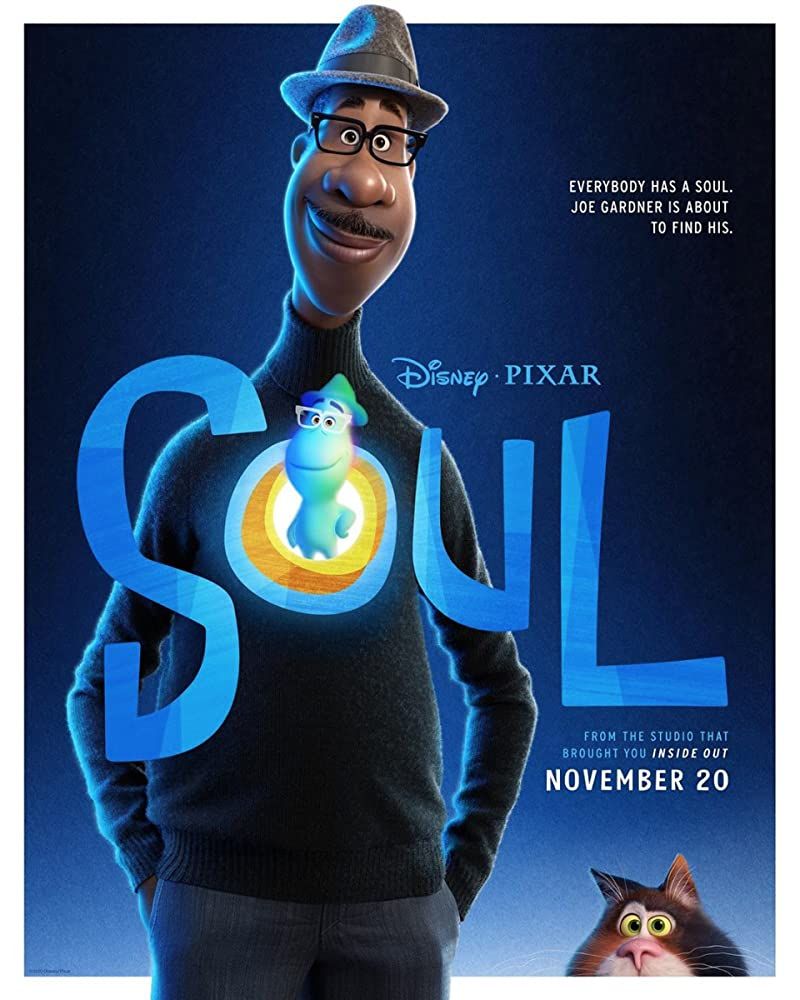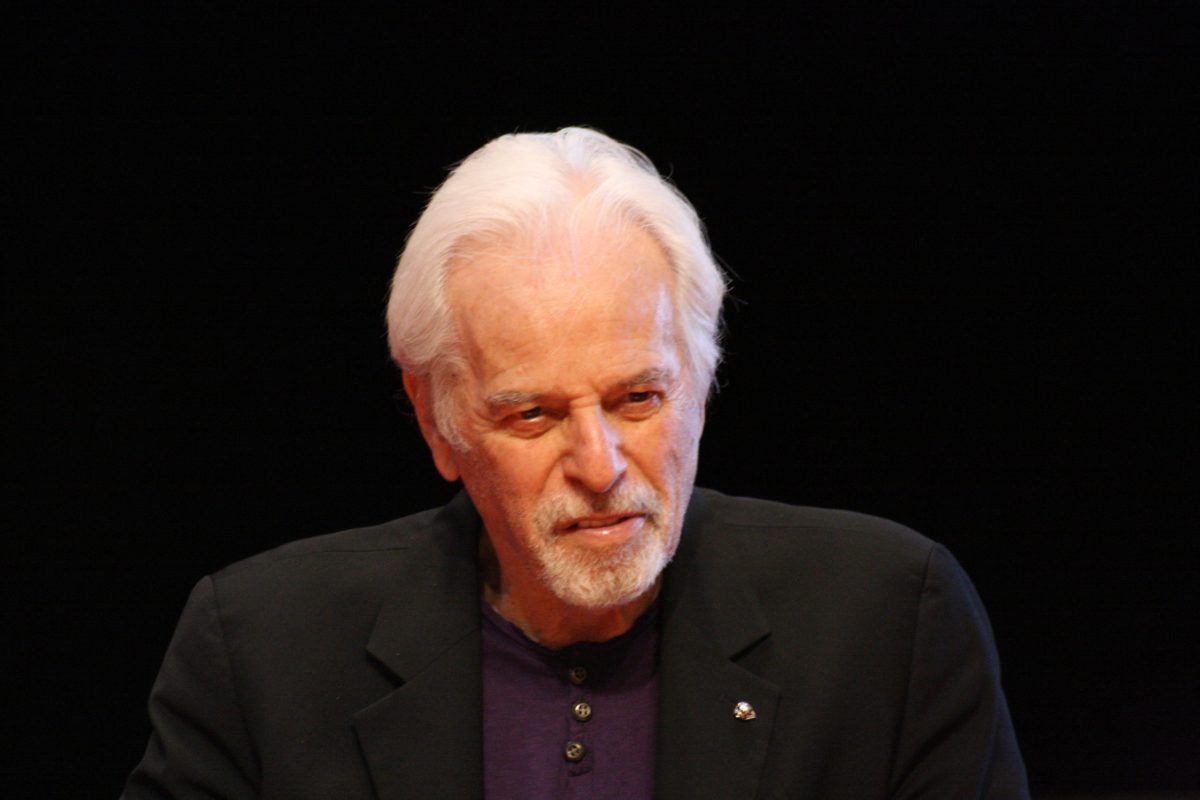By Scott M. Waldmann
Way back at Article #8 (3 semesters ago), animation was discussed as a source of ‘world-building;’ neither the physical set nor the characters that inhabit it need to exist. Imagination gives heart to the stories within its bounds. With the film Zootopia (2016) arriving this weekend, it seems right to revisit this conversation as the new film targets the idea of an entire society where all predators and prey live together in a city rather than hunt each other to continue the Lion King’s (1994) circle of life. Take a second to imagine such a world; intense isn’t it? Could that be filmed in a world without the use of modern technology? This is not a Babe (1995) feat, but an entire living and breathing world, by Disney. A film with a subject of this nature deserves the animated treatment, especially for the target audiences it may be after (kids, teens, adults, etc.).
A lot of widely viewed animated films have gone into the art of creating a vibrant world filled with memorable characters comprised of the peacekeepers and their opposition. Worlds should be inhabited in order to create a story that is worth the attention. In life, there will never be only ‘one’ way to achieve a certain goal; there will another perspective on how to save the world. So far, a lot of animated features portray a lone protagonist who must change his wolfish ways to work as a pack against the challenges ahead. Films like Ice Age (2002), Shrek (2001), How To Train Your Dragon, and Despicable Me feature protagonists who must interact with a world where they much change their lives in order to live within it. Imagine a reality where Marlin and Dory never teamed up to find Nemo (Finding Nemo) or Ginger and Rocky never put their wits together to stop Mrs. Tweedy (Chicken Run); animation creates bonds between their characters to inject a sense of reality into the silliness that ensues.
How does one exactly bring an entire world’s society to life? The key to giving the characters is the world that the characters move through and communicate with. Their lifestyles are created through how that world is built. The director and animator Hayao Miyazaki experimented with this art by placing most of his films in our physical world (a world familiar to us), but slowly transforming reality into a mystical society (a world we are lost in) where the adventures could expand how one transitions between the real and the imaginary. Spirited Away (2001) takes full advantage of the fantasy aspect by throwing its protagonist straight into the fictional world full of witches and interactive spirits, but the environments it creates are stunning. The spaces are still based around a certain culture, but are slowly skewed by the beings whom inhabit them. One of the keys to bringing an entire world to life is giving it that sense of belief; a world with a lifestyle should seem way more alive than a world that goes through the same events every day.
The next stages of animation may be to continue on its current course. As of now, most ‘noticed’ animated features (not the ones made for the sake of a few extra bucks; Cars) invent worlds and societies where the fantasy does not seem too different from reality (metaphorically speaking). The problems that many imaginary characters face on screen are similar to our own; Buzz and Woody are trying to find their way home (Toy Story), Po must learn how to fight in order to stop an oppressor (Kung Fu Panda), Ralph has to figure out who he wants to be while overcoming what society deems him as (Wreck-It Ralph). As far as animation goes, their worlds of fantasy deserve to be labelled as ‘fantastic,’ because they create realities that we want to visit and experience. So far, Zootopia is earning praise for its experience, and it may determine whether or not it gains the upper hand on Deadpool (2016) which has already broke enough box office records to make 10-12 sequels depending on how the next film’s budget is rationed (keep on dreaming).




























